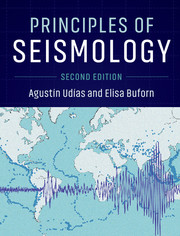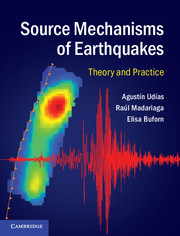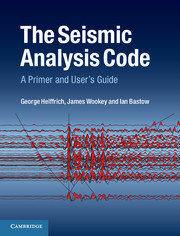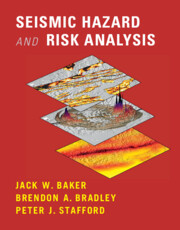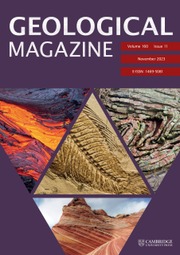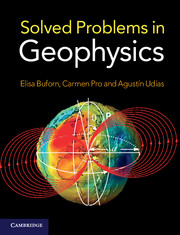Principles of Seismology
The second edition of Principles of Seismology has been extensively revised and updated to present a modern approach to observation seismology and the theory behind digital seismograms. It includes: a new chapter on Earthquakes, Earth's structure and dynamics; a considerably revised chapter on instrumentation, with new material on processing of modern digital seismograms and a list of website hosting data and seismological software; and 100 end-of-chapter problems. The fundamental physical concepts on which seismic theory is based are explained in full detail with step-by-step development of the mathematical derivations, demonstrating the relationship between motions recorded in digital seismograms and the mechanics of deformable bodies. With chapter introductions and summaries, numerous examples, newly drafted illustrations and new color figures, and an updated bibliography and reference list, this intermediate-level textbook is designed to help students develop the skills to tackle real research problems.
- The content has been updated and reorganized - practical aspects of seismology have been incorporated, including new developments in methodologies and new results and applications to the study of earthquakes and the Earth's structure
- Includes a new chapter on the analysis of the digital data - practically all analyses of seismological data are made using seismograms obtained from free data-banks, yet none of the existing texts covers this topic
- Has a wealth of worked examples and end-of-chapters problems, including computational exercises that can be solved by using the most recent and widespread codes and softwares, such as SAC, GMT, and PYTHON
- Online ancillaries are available, including figures in electronic format, solutions to selected problems, program codes and data for computational exercises
Reviews & endorsements
'Principles of Seismology is a comprehensive introduction covering all basic concepts and observations in seismology. This updated and extended 2nd edition has kept its emphasis on fundamental theoretical principles and observations, and is an essential reference and valuable resource as an intermediate-level text book for all students and researchers in geoscience.' Torsten Dahm, GeoForschungsZentrum, Potsdam
This is an excellent book that covers broad subjects with emphasis on long-lived basic principles of seismology. The recent advancement in instrumentation, computer, and high-quality data has made it very easy to perform seismological research. A downside is proliferation of black-box science without good understanding of the basic principles. This book provides all essential basic concepts and theories that are necessary to perform respectable research using modern seismological data, and is highly recommendable to the students who want to do serious research. Actually, I found it also very useful for seasoned seismologists like myself who have forgotten some basic concepts.' Hiroo Kanamori, California Institute of Technology
'This heavily revised and updated edition of Principles of Seismology contains brand new chapters on Earthquakes and modern seismic Instrumentation. It also gives a detailed historical development on various aspects of seismology with many text and website references. An essential addition to one's library of seismology textbooks.' Shamita Das, University of Oxford
Product details
January 2018Hardback
9781107138698
558 pages
253 × 192 × 29 mm
1.39kg
290 b/w illus. 10 tables
Available
Table of Contents
- 1. Seismology. The science of earthquakes
- 2. Earthquakes, Earth's structure and dynamics
- 3. Instrumentation and digital data processing
- 4. Basic concepts and equations of an elastic medium
- 5. Waves in an infinite elastic medium
- 6. Reflection and refraction
- 7. Body wave propagation in layered media
- 8. Ray theory. Media of constant velocity
- 9. Ray theory media of variable velocity
- 10. Ray theory spherical media
- 11. Travel times and the structure of the Earth
- 12. Surface waves
- 13. Wave dispersion. Phase and group velocities
- 14. Free oscillations of the Earth. Theory and observations
- 15. Anelasticity and anisotropy
- 16. Focal parameters of earthquakes
- 17. Basic theory of earthquake mechanism
- 18. The seismic moment tensor
- 19. Simple models of fracture
- 20. Methods of determination of source mechanisms
- 21. Seismicity, seismotectonics, seismic risk, and prediction.

